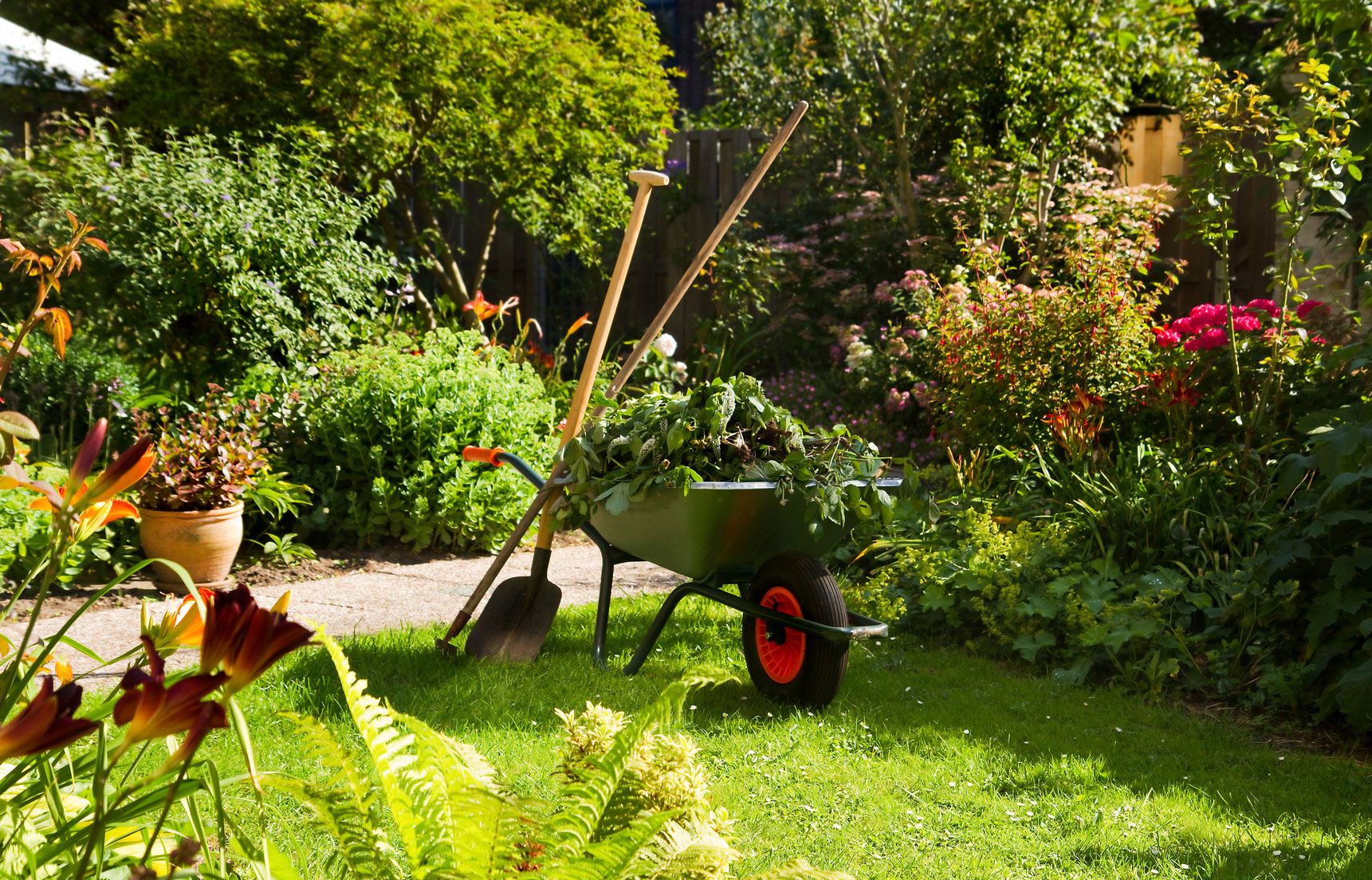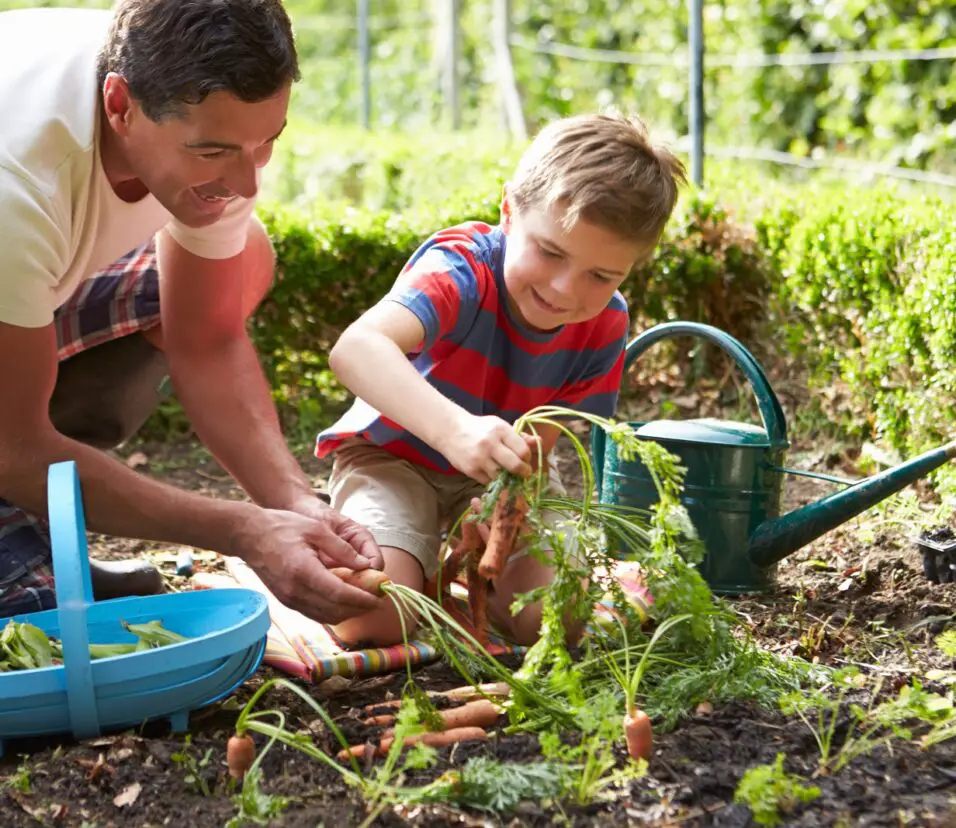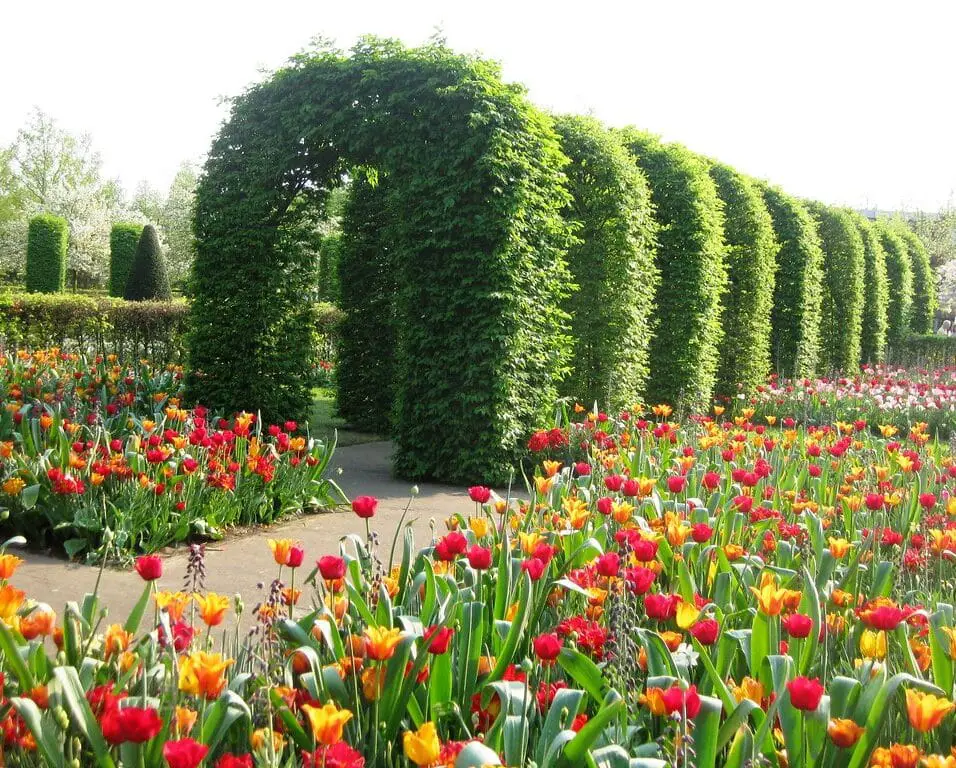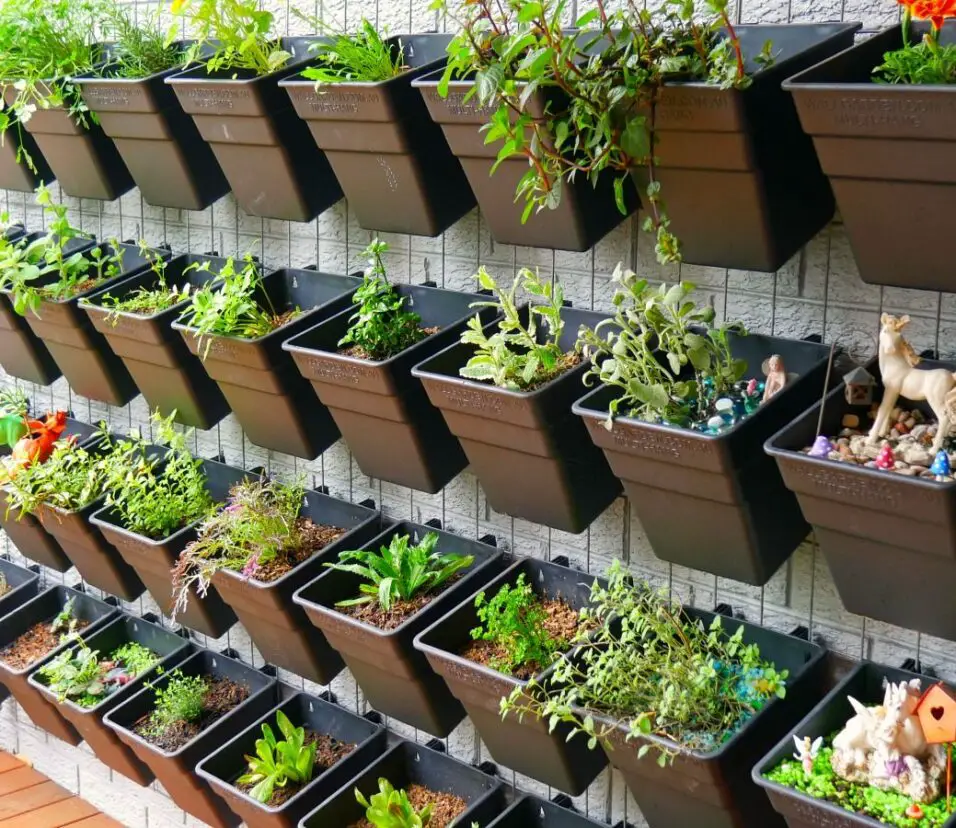When To Start Gardening For Spring
Introduction
Is the chilly grasp of winter begins to loosen its hold and the first hints of warmth grace the air, gardeners and nature enthusiasts alike eagerly turn their thoughts towards the upcoming season of renewal: spring. The transition from winter’s dormancy to spring’s vibrant awakening marks an ideal time to embark on the journey of gardening.
As the last vestiges of frost retreat, the soil gradually warms, becoming a welcoming bed for seeds and young plants. Planning ahead is paramount for a successful spring garden, as the timing of your market gardening endeavors can greatly influence the outcome. Generally, the optimal moment to begin your spring gardening activities varies depending on your geographical location and local climate. In temperate regions, where frost and cold snaps persist, it’s advisable to start indoors by nurturing seeds under controlled conditions, providing them a head start before transplanting them outside once the threat of frost has significantly diminished.
Conversely, regions with milder winters permit an earlier commencement of certain outdoor tasks. Pruning, soil preparation, and early planting of cold-tolerant crops can often begin as winter wanes. However, keen observation of local weather patterns and soil conditions remains imperative for making informed decisions.
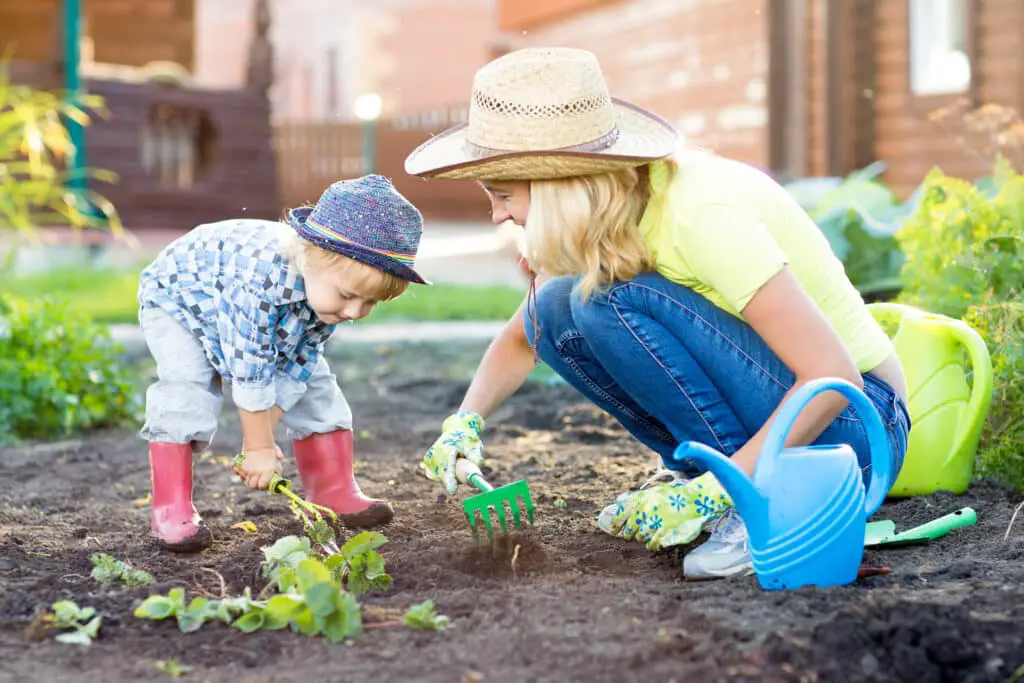
Is spring the best time to garden?
With the weather getting warmer, spring is the perfect time to start planting flowers, fruit trees, vegetables and herbs. However, what you can grow also depends on the soil conditions and climate where you live.
Spring is often considered one of the best times to engage in gardening, owing to its unique blend of optimal conditions for both plants and gardeners. As the grip of winter loosens, temperatures rise, and daylight extends, the environment becomes conducive to vibrant plant growth. The soil warms up, promoting robust root development and allowing seeds to germinate. This is a prime opportunity for sowing a wide range of crops, from early greens like lettuce and spinach to flowering bulbs like tulips and daffodils.
Gardeners also benefit from the mild temperatures and comfortable working conditions that spring offers. The absence of the scorching heat of summer and the harsh chill of winter allows for enjoyable outdoor activities, such as soil preparation, planting, and tending to beds. Moreover, the increased rainfall during spring can reduce the need for excessive irrigation, fostering healthier plants with stronger root systems.
Beyond the practical advantages, the visual appeal of spring gardening is unparalleled. The landscape transforms as trees bud, flowers bloom, and lawns regain their lushness. This explosion of color and life adds an invigorating aesthetic dimension to outdoor spaces.
While spring is undoubtedly a favorable time to garden, the suitability varies depending on location and climate. In regions with harsh late frosts or unpredictable weather patterns, careful planning and attention to local conditions are crucial. In sum, spring presents a window of opportunity where the natural world awakens, and both novice and experienced gardeners can nurture their green spaces with energy and anticipation.
Which plants grow in spring season?
5 Best Plants to Grow in Spring Season
- Fresh Mint. Head to your neighborhood nursery to buy a mint seedling as opposed to utilizing seeds.
- Nasturtium Flowers.
- Cilantro Plant.
- Basil Plant.
- Rose Plant.
Spring provides renewal and development, and many plants thrive in its favorable conditions. Seeing tulips, daffodils, and crocuses burst through the thawed earth and brighten gardens and landscapes is awaited sight. Cherry and dogwood blossoms create stunning sceneries.
Lettuce, spinach, peas, and radishes thrive in spring’s warmer temps. They are attractive early-season plants due to their quick growth and crisp flavor. Strawberry, blueberry, and apple trees and bushes set their buds now, preparing for summer and fall.
Irises, peonies, and lilies return in spring, adding beauty and scent to gardens. Forsythia and lilac bloom, bringing their pleasant scents. Chives, mint, and parsley begin to bloom, ready to enhance recipes.
Plant a variety of flowers to take advantage of this season’s vigor and rejuvenation. Spring’s beauty and vitality can be captured in a multi-layered, thriving garden with early bloomers and veggie harvests.
Is it better to plant in spring?
Don’t get us wrong, we love fall planting, but spring offers plenty of reasons to roll up your sleeves and break out the shovel. Planting in spring allows the plants to grow for several months while establishing hardy roots for winter. Spring planting produces seeds and ensures beautiful foliage for fall.
Planting in spring holds several advantages, making it a preferred season for many gardeners. The warming temperatures and longer daylight hours create an environment conducive to successful plant growth. As the soil gradually warms, it becomes more receptive to seeds and young plants, promoting strong root development and vigorous growth.
One of the key benefits of spring planting is the reduced risk of frost damage. By waiting until the threat of frost has passed, usually after the last average frost date for your region, you can safeguard your plants from potentially lethal cold snaps. This provides a more stable environment for growth and minimizes setbacks.
Spring planting also aligns well with the natural growth cycles of many plants. It allows them to establish themselves before the heat of summer arrives, giving them time to adapt and thrive. Additionally, the increased rainfall during spring can aid in establishing newly planted vegetation, reducing the need for frequent irrigation.
However, while spring offers numerous advantages, it’s essential to consider local climate variations and specific plant requirements. In some regions, late spring frosts or heavy rainfall can pose challenges. Additionally, some plant varieties, like certain cold-tolerant vegetables, can be directly sown earlier in the year or even in late winter, ensuring an extended harvest period. Ultimately, successful planting in spring requires careful consideration of local conditions and the specific needs of the plants you intend to cultivate.
Do plants grow faster in spring?
Longer days offer more sunlight and warmth from the Sun, raising air and soil temperatures.
Spring growth is accelerated by favorable environmental circumstances and many species’ inherent growth cycles. Soil warms as temperatures rise after winter. Healthy root development and plant growth require microbial activity and nutrient availability, which increase with soil temperature.
Spring lighting gives plants extra energy for photosynthesis, which fuels growth. Extended sunshine helps plants manufacture more carbohydrates, which are needed for tissue expansion and growth.
The increased moisture from spring rains and warmer temperatures make seed germination and young plant growth optimum. Moisture, warmth, and longer days help seeds and young plants grow quickly.
Many plants grow faster in spring, although growth rates vary by species, environment, soil quality, and care. During this active season, proper hydration, food supply, and insect control help plants flourish.
What are some common mistakes to avoid when determining when to start gardening for spring?
When determining the optimal timing for starting your spring gardening endeavors, several common mistakes can be avoided to ensure a successful and thriving garden. First, neglecting to research the specific climate and frost dates of your region can lead to premature planting, subjecting young plants to potential frost damage. Similarly, underestimating the impact of microclimates within your property can result in inconsistent growth and yield.
Another mistake is failing to consider soil temperature and moisture levels. Planting in soil that is too cold or waterlogged can stunt growth and lead to disease issues. Additionally, starting seeds indoors too early without proper lighting or temperature control can result in weak, leggy seedlings that struggle to adapt to outdoor conditions.
Overzealous pruning or removing protective winter mulch too soon can expose plants to late frost damage, undermining your gardening efforts. Conversely, waiting too long to prepare soil and beds may delay planting, reducing the growing season.
Lastly, disregarding the specific requirements of different plant varieties can hinder success. Some plants, like cool-season vegetables, can tolerate colder temperatures, while others, like tropical plants, demand warmer conditions.
By avoiding these common mistakes and taking a well-informed, measured approach, you can ensure that your spring gardening efforts are timed appropriately, setting the stage for a flourishing and fruitful season.
Are there specific temperature thresholds or soil conditions I should be aware of before beginning spring gardening activities?
Being mindful of specific temperature thresholds and soil conditions is crucial before embarking on spring gardening activities.
For soil conditions, it’s important to ensure that the soil is workable and not too wet. Attempting to work overly wet soil can lead to compaction, which hinders root growth and plant development. You can perform a simple soil test by grabbing a handful of soil and squeezing it – if it holds its shape and feels excessively wet, it’s not ready for planting.
Temperature thresholds vary depending on the type of plants you intend to cultivate. Cool-season crops like lettuce, spinach, and peas can tolerate cooler temperatures and can be planted as soon as the soil is workable. On the other hand, warm-season plants like tomatoes and peppers are sensitive to cold and should only be planted when the threat of frost has passed and soil temperatures have warmed to around 60°F (15.5°C) or higher.
Utilizing a soil thermometer can help you accurately measure soil temperatures. Most seeds also have optimal germination temperatures, so consulting seed packets or gardening resources can guide you in this regard. By considering these factors, you’ll set the stage for a successful spring gardening season with healthy plants that thrive in their environment.
What role does the last average frost date play in deciding when to plant for the upcoming spring season?
The last average frost date plays a pivotal role in determining the suitable timing for planting in the upcoming spring season. It serves as a reliable guideline for gauging when the risk of frost damage to tender plants has significantly diminished. Planting too early, before this date, can expose young seedlings or delicate plants to potentially lethal cold temperatures, stunting growth or causing irreparable harm.
By waiting until after the last average frost date, you reduce the likelihood of sudden temperature drops that could threaten your plants. This practice ensures a more stable and nurturing environment for their growth. However, it’s important to note that the last frost date is an average, and local weather patterns can sometimes deviate from this expectation.
Gardeners often use the last average frost date as a reference point to plan their planting schedules. It allows them to choose suitable varieties that match their climate and growing season length. Taking this date into account when deciding when to plant provides a safeguard against the unpredictability of spring weather, increasing the likelihood of a successful and abundant garden.
Can you provide insights into the ideal timing for starting indoor seedlings for a successful spring garden?
Starting indoor seedlings is a strategic approach to ensure a successful spring garden. The ideal timing for beginning this process depends on the specific plants you intend to grow and the last average frost date in your region. Generally, it’s recommended to start indoor seedlings 6 to 8 weeks before the anticipated date of transplanting them into the outdoor garden.
By counting backward from the last average frost date, you can determine when to sow seeds indoors. This provides ample time for seeds to germinate, develop into strong seedlings, and become ready for transplanting once outdoor conditions are favorable.
However, it’s essential to consider the growth rate and requirements of individual plant varieties. Some plants, such as tomatoes and peppers, benefit from an early start indoors due to their longer growth cycles. On the other hand, rapid growers like cucumbers and zucchinis might only need 3 to 4 weeks indoors before transplanting.
Creating a planting calendar that aligns with the last frost date, considering the specific needs of your chosen plants, ensures that your indoor seedlings are robust and ready for a successful transition to the outdoor garden as the spring season unfolds.
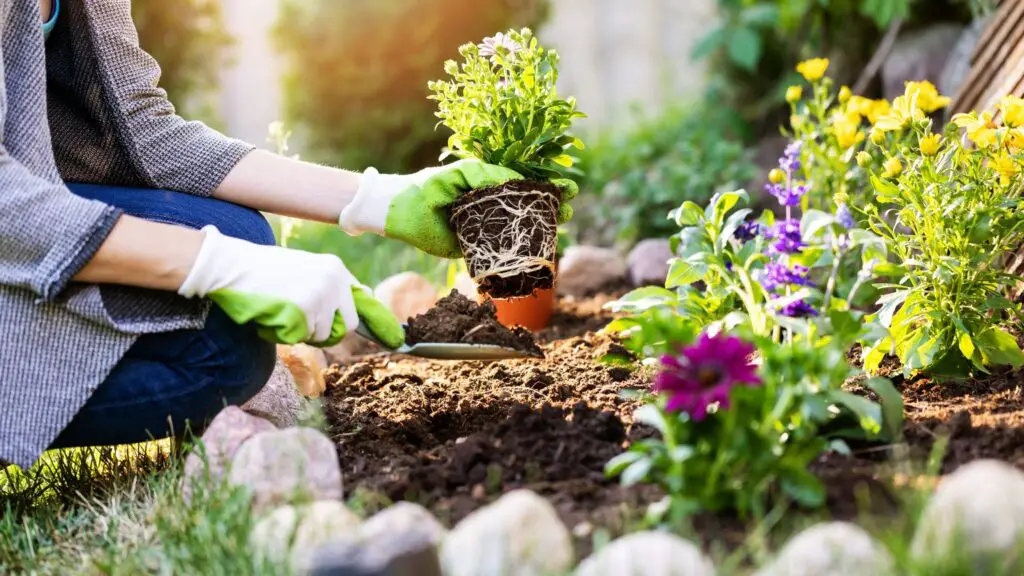
Conclusion
The arrival of spring heralds a time of renewal and growth, inviting us to reconnect with the earth and engage in the timeless art of gardening. As we’ve explored, the timing of spring gardening activities is a crucial factor that varies based on geographic location, climate, and individual preferences. Whether you’re sowing seeds indoors to nurture young plants or preparing outdoor beds for direct planting, a thoughtful approach to timing can significantly enhance your gardening success.
Remember, patience and observation are key allies in this journey. Monitoring local weather patterns, soil temperatures, and the behavior of nature’s indicators will guide your decisions and ensure that you work in harmony with the changing seasons. Additionally, taking advantage of the resources available, such as local gardening communities and agricultural extension offices, can provide invaluable insights tailored to your specific region.
Ultimately, the joy of spring gardening lies not only in the beauty of the blossoms and the bounty of the harvest but also in the connection we foster with the natural world. Embrace the opportunity to witness the gradual transformation from dormancy to vitality, from bare soil to a tapestry of colors and textures. Whether you’re cultivating a lush backyard oasis, a modest urban balcony, or anything in between, the act of nurturing life from the ground up is a rewarding endeavor that rejuvenates both the land and the gardener.
So, as the sun’s warmth returns and the days lengthen, seize the moment to cultivate your piece of the earth. By aligning your actions with the rhythms of nature, you’ll not only enjoy a bountiful and beautiful garden but also cultivate a deeper appreciation for the cycles of life that unfold with each passing season.



